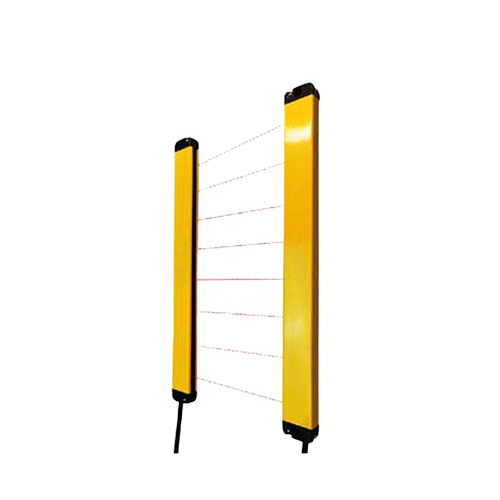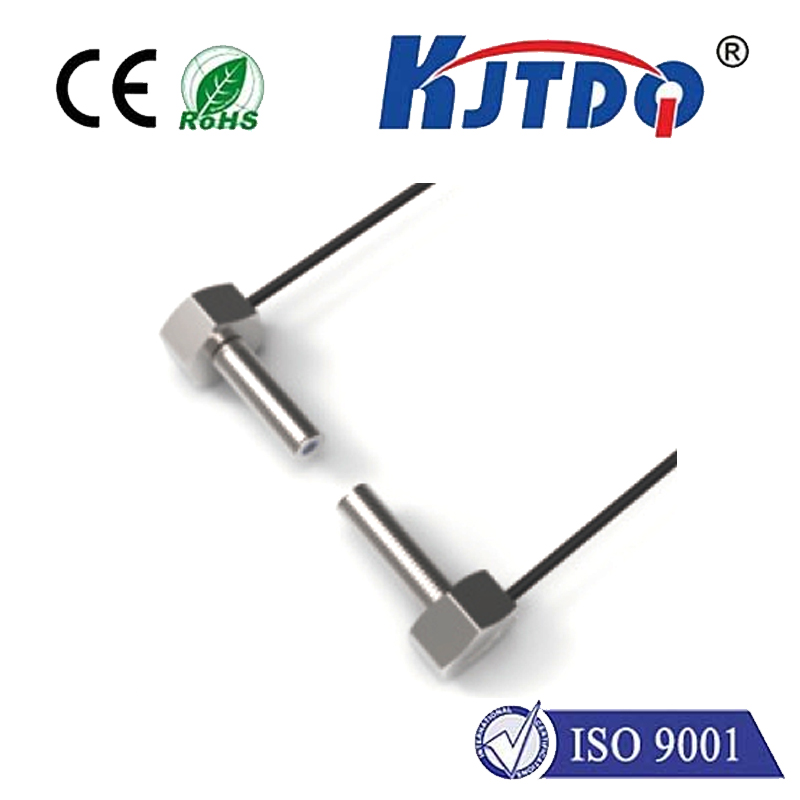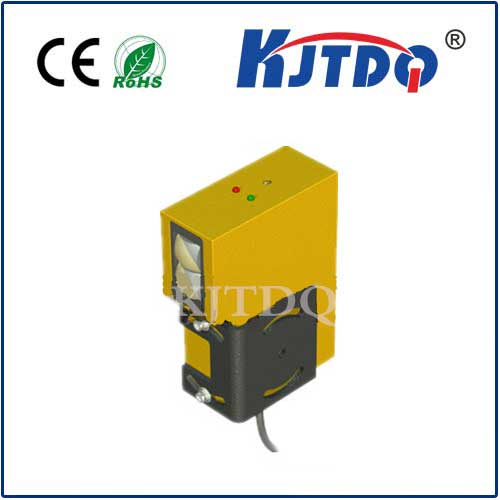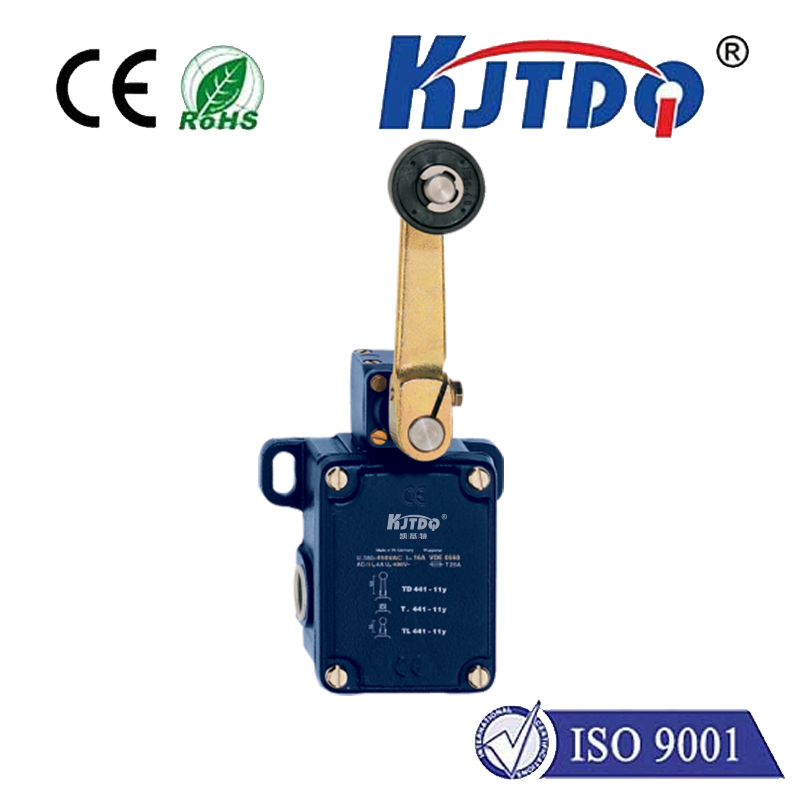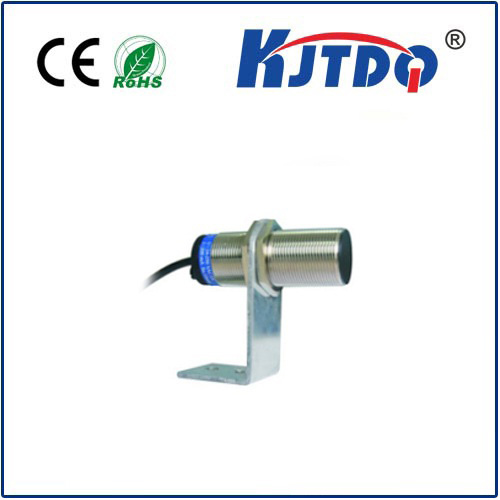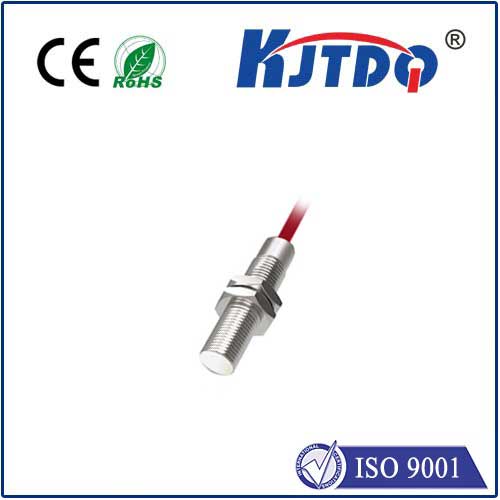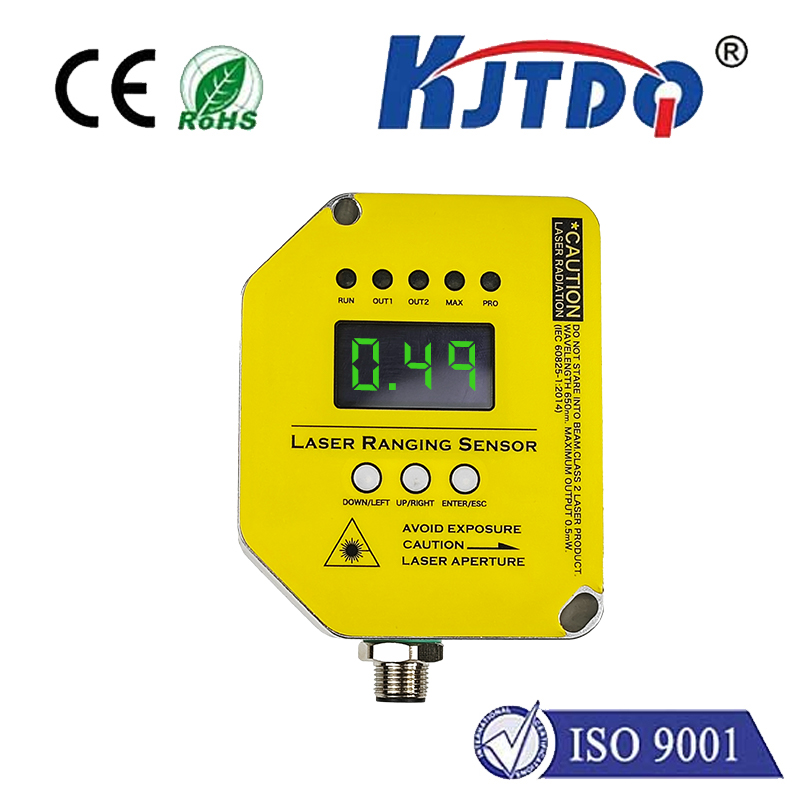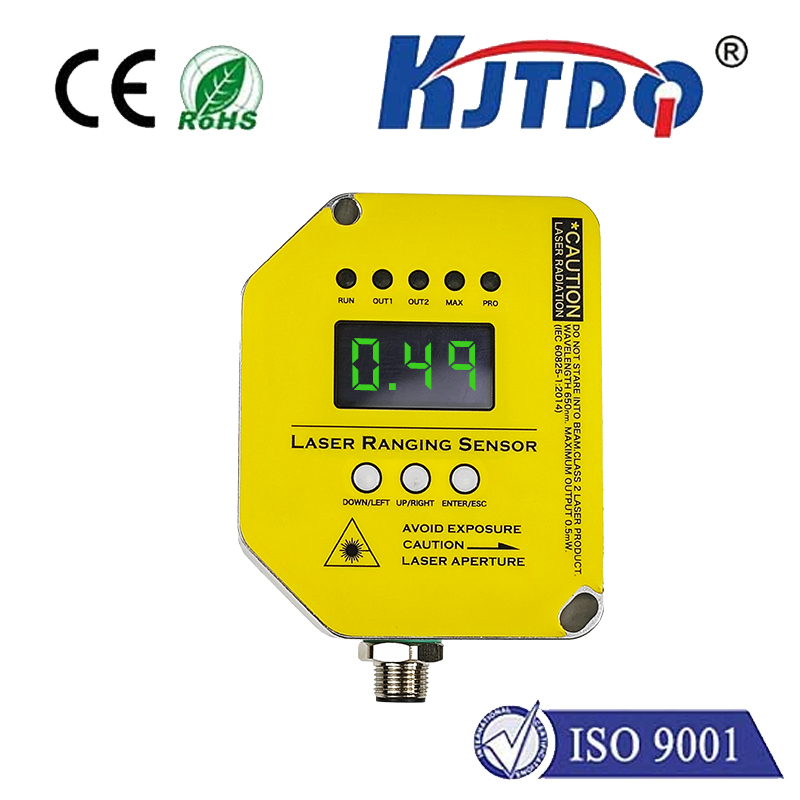Переключатель высокого уровня безопасности
- time:2025-08-04 13:04:06
- Нажмите:0
High Limit Safety Switch: Your Heating System’s Silent Guardian Against Disaster
Imagine this: It’s the coldest night of the year. Your furnace or boiler is working overtime, pumping life-saving warmth into your home or building. Inside the heat exchanger, metal glows red-hot. Suddenly, a critical fan motor fails, or a water valve sticks closed, or airflow becomes dangerously restricted. Temperatures inside the unit begin to skyrocket, far beyond safe operating limits. Metal softens and warps, insulation smoulders, wires melt. Without intervention, this scenario escalates rapidly towards catastrophic failure – potentially causing fire, costly equipment destruction, or even releasing dangerous combustion gases.
This is not science fiction; it’s a real risk within any combustion-based heating system. And standing as the last, crucial line of defense against this thermal runaway is the often-overlooked hero: the High Limit Safety Switch.
Demystifying the Sentinel
At its core, a Переключатель высокого уровня безопасности is an automatic temperature-sensing device designed with one critical mission: to shut down the heating appliance immediately if internal temperatures exceed a predetermined safe threshold. Think of it as an emergency brake specifically designed for heat.
- The Sensor: This is the “eyes” of the switch, constantly monitoring the temperature of a critical point within the appliance, such as the plenum above the heat exchanger (in furnaces) or the upper section of a boiler’s water jacket.
- The Trigger: The sensor is typically a bimetallic strip or a temperature-sensitive material that physically changes shape (e.g., bends or melts) when exposed to excessive heat.
- The Action: When the sensor detects temperatures exceeding its calibrated limit (e.g., 200°F / 93°C for a furnace plenum, much higher for boiler metal), it triggers a mechanism.
- The Shutdown: This mechanism directly interrupts the primary electrical circuit powering the appliance’s ignition source, fuel valve, or major components. This automatic shutdown halts combustion instantly, preventing the temperature from escalating further and mitigating the immediate danger.
Why is it Absolutely Critical?
The Переключатель высокого уровня безопасности isn’t just another component; it’s a fundamental safeguard, mandated by numerous safety codes worldwide. Its importance cannot be overstated:
- Preventing Fire: Extreme temperatures can ignite nearby flammable materials (insulation, wiring, dust) or cause structural metal failure, leading to fires. The switch acts before ignition occurs.
- Protecting Equipment Integrity: Prolonged or extreme overheating warps heat exchangers, cracks boilers, melts wires, and destroys components. A prompt shutdown can prevent tens of thousands of dollars in repair or replacement costs.
- Safeguarding Against Carbon Monoxide (CO) Hazards: A cracked heat exchanger due to overheating can allow deadly combustion gases, including CO, to mix with the air being circulated throughout the building. The high limit switch helps prevent this dangerous failure mode.
- Avoiding System Meltdown: Complete thermal runaway can render a heating system irreparable. The switch preserves the core functionality of the appliance.
Where Do You Find These Essential Guardians?

High limit safety switches are ubiquitous in heating, ventilation, and air conditioning (HVAC) systems:
- Residential & Commercial Gas/Oil Furnaces: Mounted in the supply plenum, monitoring heat exchanger outlet air temp.
- Residential & Commercial Boilers (Hydronic Heating): Mounted directly on the boiler body or immersion wells within the water jacket, monitoring metal temperature.
- Heat Pumps (in Heating Mode): Protecting the electric auxiliary heat strips.
- Duct Heaters: Preventing overheating in electric-resistance duct heaters.
- Commercial Kitchen Equipment & Industrial Ovens: Ensuring surface temperatures stay safe.
Key Types and Characteristics: Know Your Safety Net
Understanding the Тип of switch your system uses is important:
- Manual Reset High Limit Switches:
- How They Work: Once tripped due to overheating, they require a physical action (like pushing a button) by a qualified technician to reset.
- Pros: Forces investigation into the cause of the trip. Prevents the system from simply restarting into a still-dangerous condition. Ideal for situations where the root cause needs diagnosis.
- Cons: Can leave occupants without heat until professionally reset.
- Automatic Reset High Limit Switches:
- How They Work: Once the temperature drops below the safe threshold, they automatically reset and allow the system to restart.
- Pros: Convenient; restores heat automatically after the condition causing the overheat is resolved (e.g., a temporary airflow blockage clears).
- Cons: Can cycle repeatedly if the underlying problem persists, potentially masking a serious issue or causing nuisance shutdowns. Doesn’t guarantee a technician investigates the trigger.
- Fusible Links:
How They Work: These are single-use devices. A fusible alloy link physically melts at a specific high temperature, permanently opening the safety circuit.
Pros: Extremely reliable, fail-safe operation. Explicitly indicates a serious overheat event occurred.
Cons: Must be replaced manually after tripping. Requires professional service.
Setting (Tripping Temperature): Each switch is precisely calibrated to trip at a specific temperature relevant to its location and the equipment’s design limits (e.g., 160°F, 200°F, 250°F). This setting is critical and should never be adjusted without specific manufacturer authorization.
Installation and Maintenance: Ensuring Effectiveness
The Переключатель высокого уровня безопасности is only as good as its installation and its functionality:
- Correct Placement: It must be installed exactly where the manufacturer specifies to accurately sense the critical temperature point. Placing it incorrectly renders it useless.
- Assured Contact: The sensing element must have proper thermal contact with the medium (air, metal) it’s monitoring. Insulation or air gaps can cause dangerous lag in response time.
- Regular Testing: While not always easily field-tested by homeowners, technicians can often functionally test switches during annual maintenance. Never deliberately bypass a high limit switch “temporarily” – this is profoundly dangerous.
- Professional Calibration/Replacement: If a switch is suspect, fails, or trips repeatedly, only a qualified HVAC technician should diagnose the cause and replace the switch with an exact OEM (Original Equipment Manufacturer) or manufacturer-approved replacement. Installing the wrong type or rating compromises safety.
When the Switch Trips: Don’t Panic, But Do Investigate
A tripped Переключатель высокого уровня безопасности is a critical warning signal. It means your system reached unsafe temperatures and activated its emergency shutdown.
- Manual Reset: If you have a manual reset switch and know its location, you can press the button – but only once. If it trips again immediately or soon after, shut down the system and call a professional immediately. Continuous tripping indicates a serious unresolved problem (dirty filter, failing blower, restricted duct, failing pump, low water level, faulty gas valve, etc.).
- Automatic Reset: If the system cycles off and on frequently (short cycling), especially when it’s working hard, this strongly suggests a problem causing overheating, even if heat is restored intermittently. Professional diagnosis is essential.
- Fusible Link: If a fusible link melts, the system will not operate. This requires professional service to replace the link and diagnose the severe overheat cause.
Conclusion: Respect Your Last Line of Defense
The Переключатель высокого уровня безопасности operates silently in the background, unnoticed until the moment it’s needed most. It embodies the critical principle of fail-safe design in heating systems. While regular maintenance of filters, fans, pumps, and burners is vital to prevent

